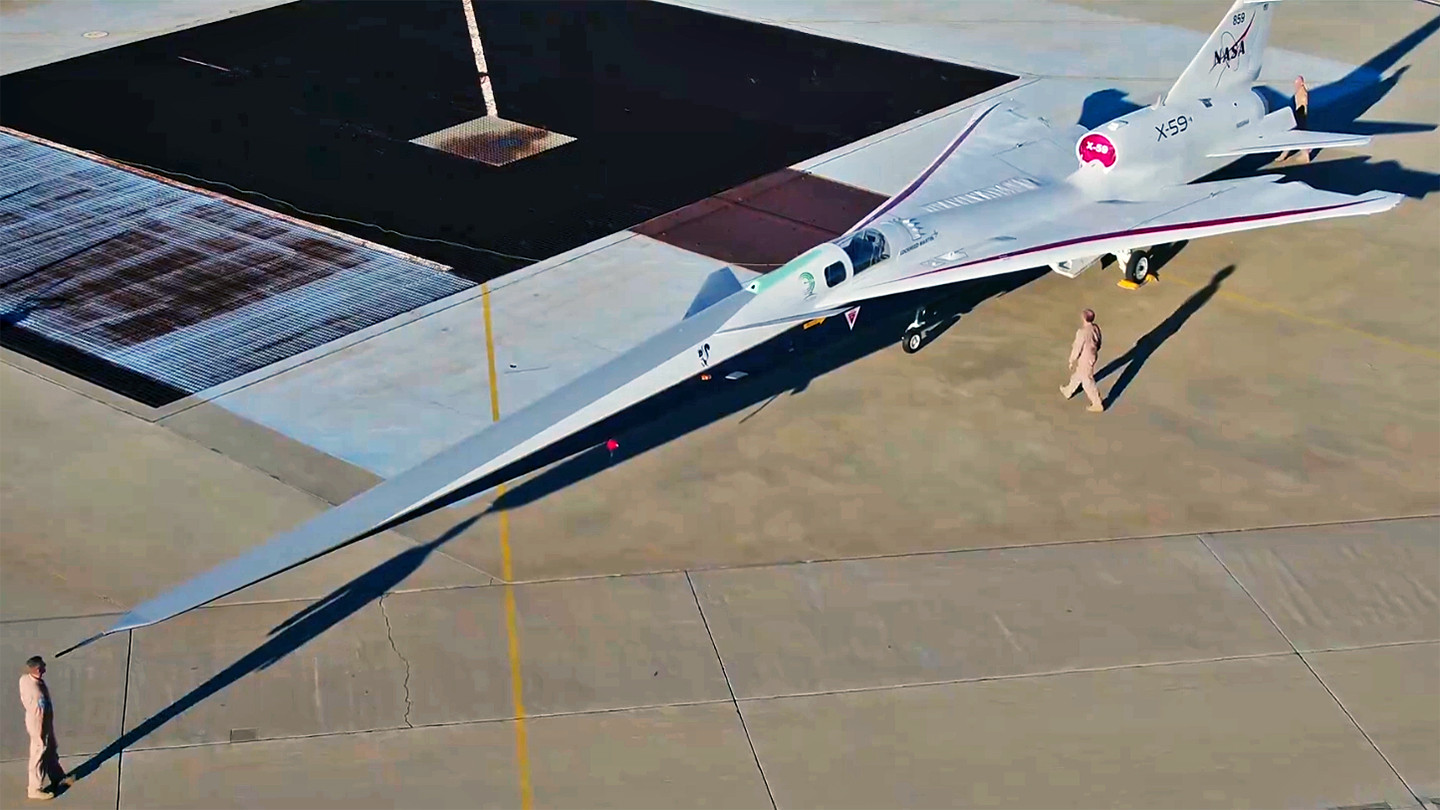NASA and Lockheed Martin’s famed Skunk Work advanced projects division have formally debuted the X-59 Quiet Supersonic Technology experimental test aircraft, or QueSST. With build work on the X-59 now complete, the countdown for the first flight is on, with the future of supersonic passenger flight perhaps dependent on its successful outcome.
Today’s rollout, which took place at the Skunk Works facility within the U.S. Air Force’s Plant 42 in Palmdale, California, was much hyped by NASA and Lockheed Martin. The ceremony was broadcast live on various platforms and with virtual participants around the globe encouraged to host their own virtual watch parties.
The X-59 now certainly looks the part, resplendent in a recently applied paint scheme that includes a mainly white fuselage, a NASA “sonic blue” underside, and red accents on the wings.
“This is a major accomplishment made possible only through the hard work and ingenuity from NASA and the entire X-59 team,” NASA Deputy Administrator Pam Melroy said today. “In just a few short years we’ve gone from an ambitious concept to reality. NASA’s X-59 will help change the way we travel, bringing us closer together in much less time.”
It is worth noting that the X-59 project dates back to 2016 and NASA had originally hoped that the aircraft would take the skies for the first time in 2020. The goal had more recently been for the first flight to occur last year, but the plan is now for this milestone to occur later this year. NASA says the most recent schedule slip was the result of the QueSST team having to work through “several technical challenges identified over the course of 2023.”
Before the first flight can happen, the X-59 will undergo “integrated systems testing, engine runs, and taxi testing,” according to NASA. The first flight and a number of other test flights are all expected to occur at Plant 42 before the QueSST jet moves to NASA’s Armstrong Flight Research Center which is collocated with Edwards Air Force Base in California.
NASA has said in the past that the successful competition of the initial flight testing will mark the end of the first of three planned phases of the QueSST project. At Armstrong, the real work will begin. As The War Zone has covered in detail over the years, the X-59 is the centerpiece of NASA’s Quiet Supersonic Technology mission.
QueSST’s ambitious goal is to prove that careful design considerations can reduce the noise of a traditional sonic boom to a “quieter sonic thump.” In so doing it’s hoped that the X-59 will “help regulators reconsider rules that prohibit commercial supersonic flight over land.”

Since 1973, commercial supersonic flight over the United States has been prohibited. Even the U.S. military faces heavy restrictions on where and when it can operate aircraft above the speed of sound within national airspace. Many other countries around the world have similar prohibitions on supersonic flight.
It’s planned that the X-59 will fly at Mach 1.4, or around 925 miles per hour, over land, with its unique design, shaping, and technologies combining to allow this to be achieved with a much quieter noise signature. Phase two of the QueSST program will involve making sure the core design works as designed, including through flights in the supersonic test range over Edwards Air Force Base.
In the third phase, also known as the Community Response Study phase, the X-59 will conduct flights over different locations in the United States. Feedback will then be solicited from individuals in those communities. In the past, it has been said that this will occur via push notifications to cell phones, which will also allow NASA to send out alerts about flights that did not actually occur to help assess “false positives” and other outliers in the data.
This third phase is currently expected to take place between 2025 and 2026, but the communities have yet to be identified. NASA has previously said that four to six cities around the country could be involved in the study.
“It’s thrilling to consider the level of ambition behind QueSST and its potential benefits,” said Bob Pearce, associate administrator for aeronautics research at NASA Headquarters in Washington. “NASA will share the data and technology we generate from this one-of-a-kind mission with regulators and with industry. By demonstrating the possibility of quiet commercial supersonic travel over land, we seek to open new commercial markets for U.S. companies and benefit travelers around the world.”
The X-59 exhibits some startling features that are tailored for its exacting mission.
Most notably, it sports an incredibly long nose, taking up around a third of its overall length of 99.7 feet. Its wingspan is also just under 30 feet. The thin, tapering nose, which you can read about in detail here, has been tailored to dissipate the shock waves that are created in and around the supersonic regime, and which are responsible for the sonic boom experienced on the ground.
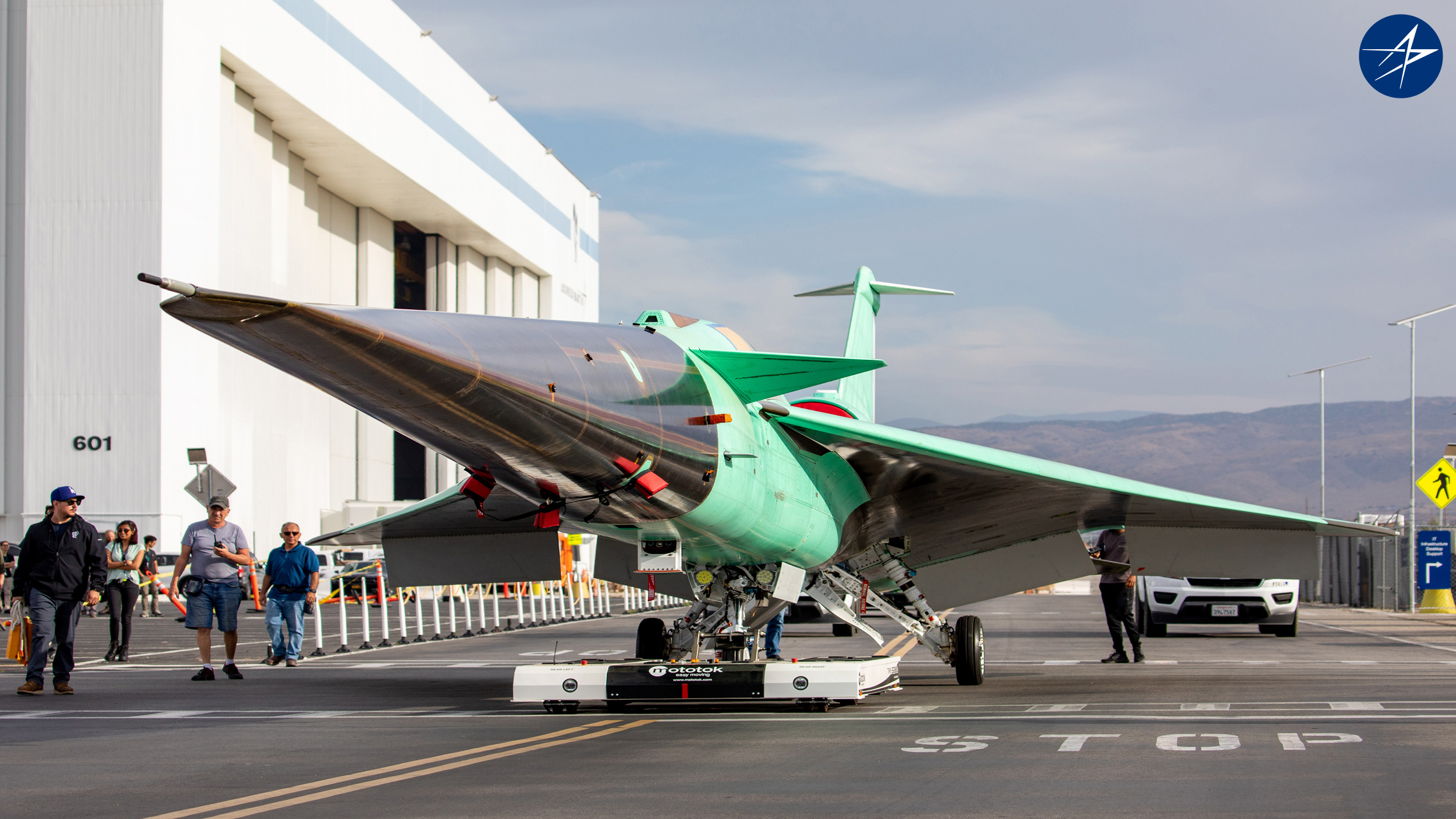
The X-59 also has a very unorthodox cockpit arrangement, with the pilot being located almost halfway down the length of the aircraft, with no forward-facing window at all. Instead, the pilot sees the outside world via the eXternal Vision System, specially developed for the aircraft. This uses a series of high-resolution cameras to feed a 4K monitor in the cockpit, something that we have also discussed in depth in the past.

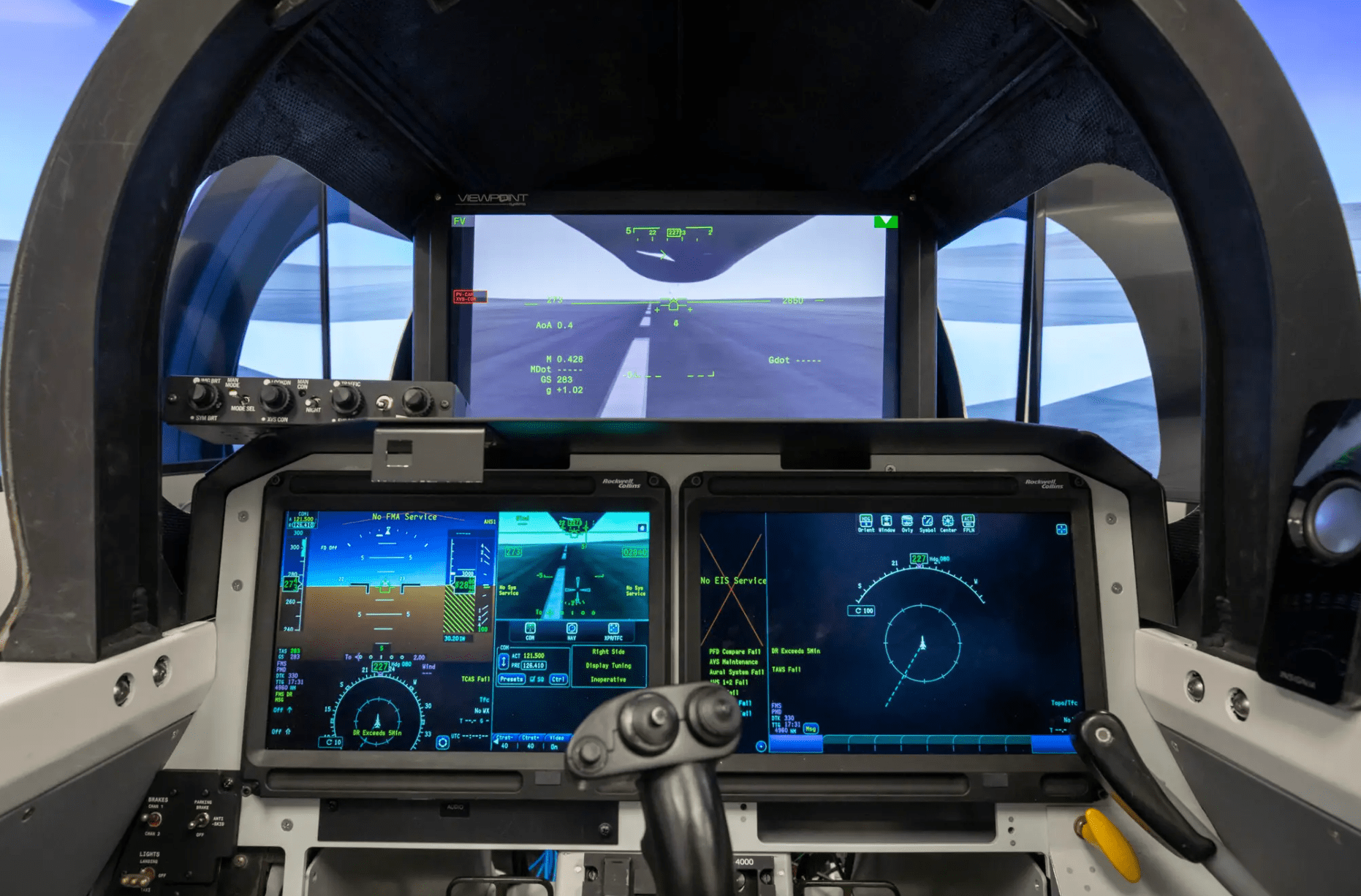
The location of the X-59’s single F414-GE-100 turbofan, a custom variant of this popular engine found on the F/A-18 Super Hornet that is specifically designed for this jet, is also noteworthy. It is mounted on top of the fuselage, primarily to ensure a smooth underside. Again, this has been designed to deal with supersonic shockwaves, this configuration helping prevent the shockwaves from merging behind the aircraft and causing a sonic boom.
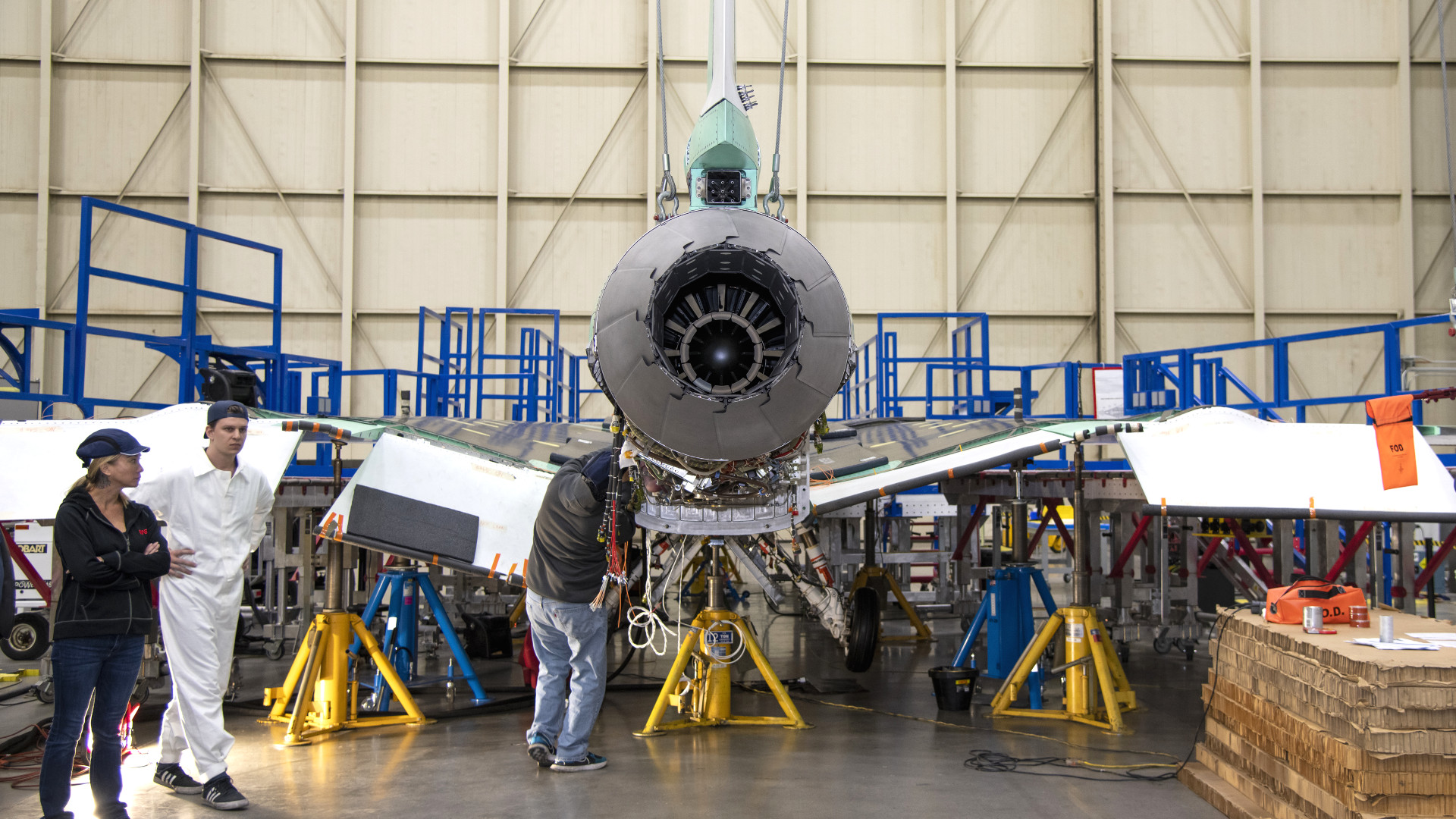
At the same time, other parts of the aircraft are more familiar, at least on closer inspection. For example, the canopy and elements of the pilot’s seat are taken from the T-38 Talon, the landing gear is borrowed from an F-16 Viper, and the life-support system is adapted from that used in the F-15 Eagle.
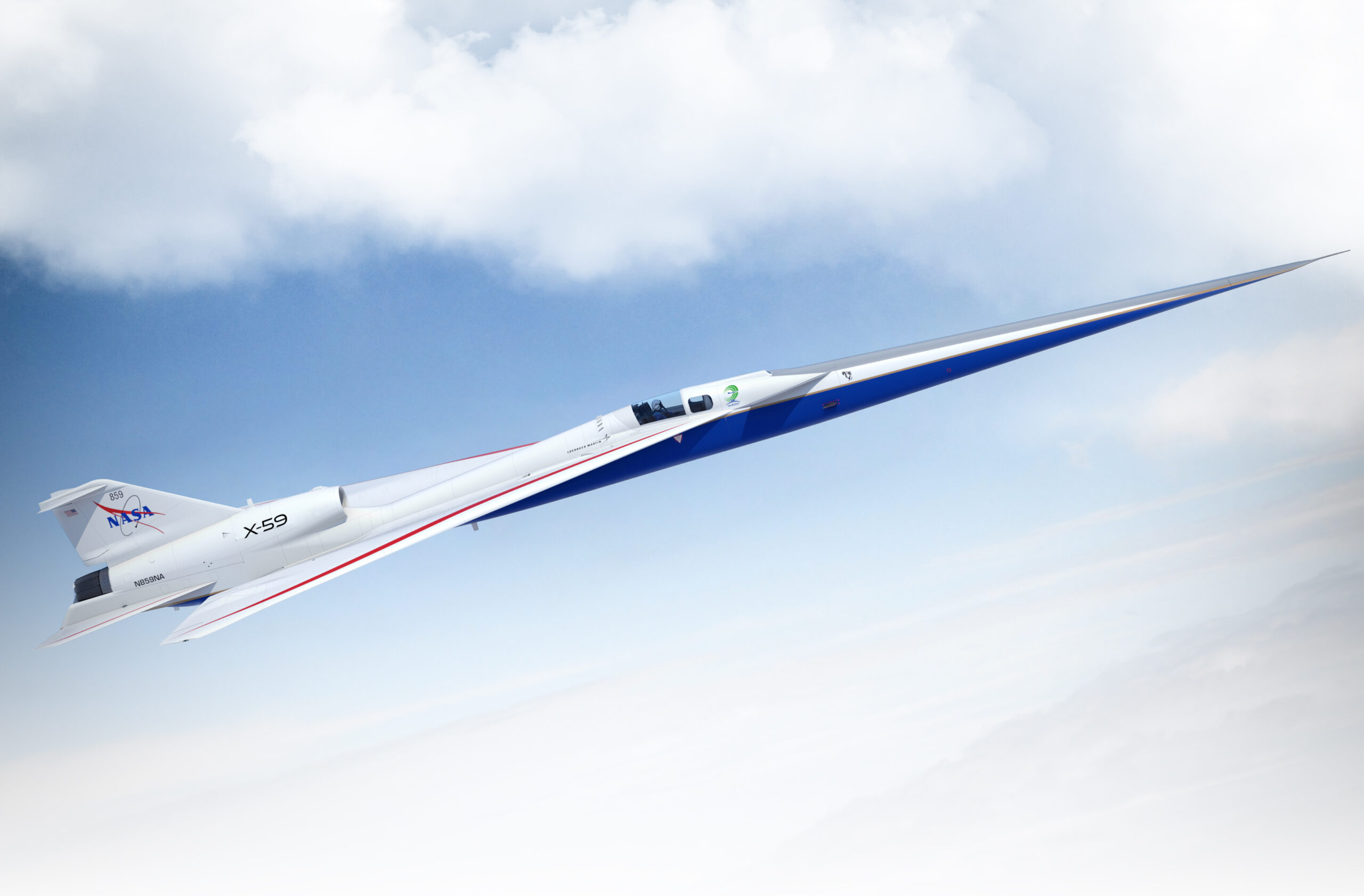
“Extra time is needed to fully integrate systems into the aircraft and ensure they work together as expected,” NASA explained last October. “The team is also resolving intermittent issues with some of the safety-redundant computers that control the aircraft’s systems.”
From its future base of operations at Armstrong Flight Research Center, the X-59 will embark on the bread-and-butter test program, by literally taking its “sonic thump” to different communities in the United States to see how they perceive the noise levels.
“The agency will provide that information to U.S. and international regulators to potentially adjust rules that currently prohibit commercial supersonic flight over land,” NASA adds.
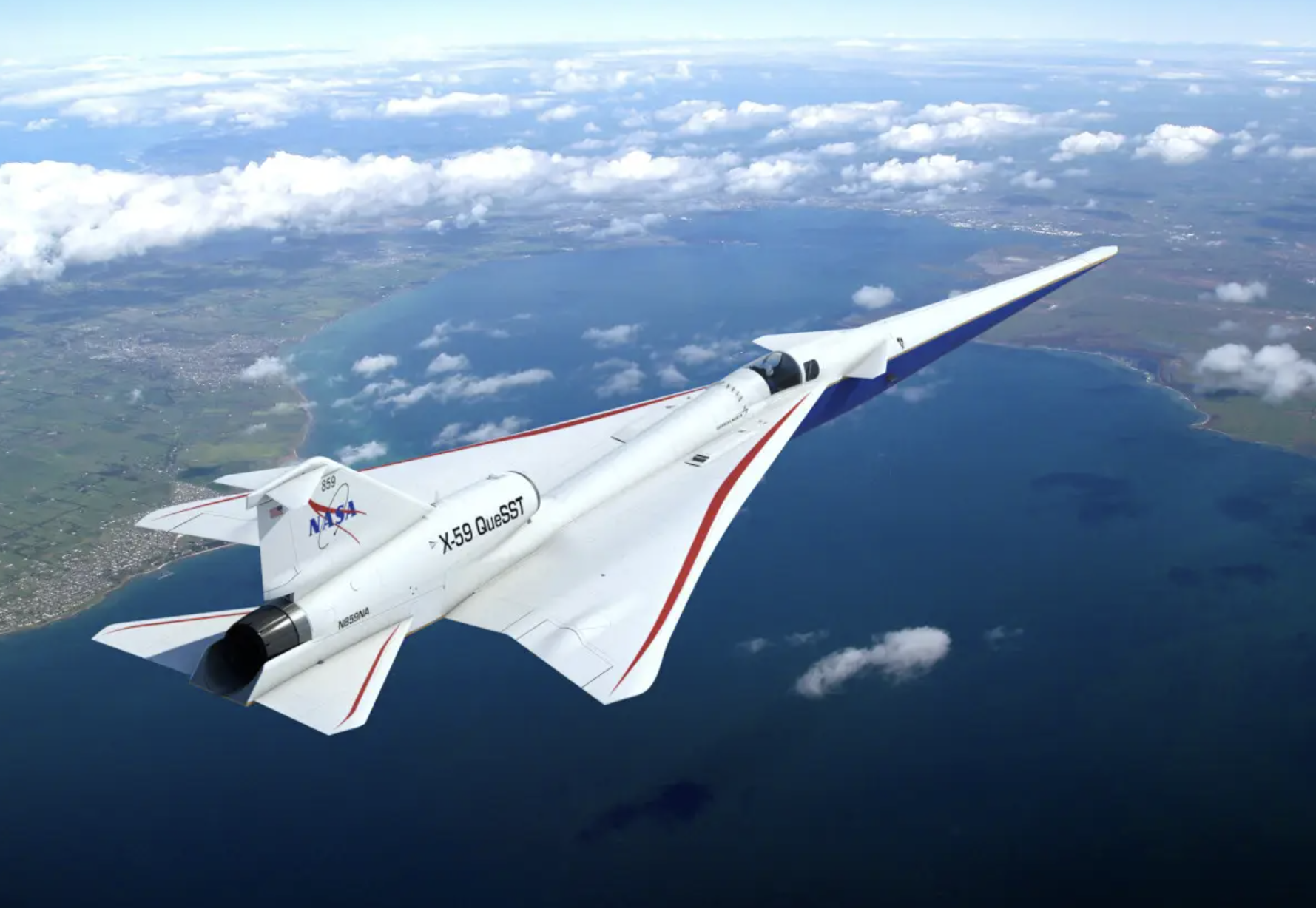
Provided that the X-59 is as quiet as is hoped, its technologies could be leveraged for future commercial high-speed aircraft designs. But this is a big ask.
It’s still unclear if the X-59 will sufficiently address the issue of sonic booms. If it does, there may be other hurdles, too.
Former Aviation Week reporter and long-time aerospace observer Bill Sweetman last year raised concerns about the phenomenon of APSE (aero/propulsive/servo/elastic) effects. APSE effects refer to potentially adverse interactions between an aircraft’s airframe structure, its propulsion system, and its flight control system, according to a report from the National Academies of Sciences. These issues have stood in the way of a previous generation of U.S. supersonic transport projects (SSTs), none of which resulted in any full-size hardware.
“Getting through the APSE problem, the report advised, would require a full-sized X-plane,” Sweetman wrote. “And exactly nobody thought there was a chance of getting the money for that. But an X-59-shaped SST — as opposed to a business jet — will face the same challenge.”
Aside from the technical challenges, there are the very real economic issues involved in bringing an SST to market, something that only the Anglo-French Concorde achieved in any meaningful way and which, during its abbreviated career, was dogged by staggeringly high operating costs and a shrinking market.
Time will tell whether the X-59 meets the challenges that lie ahead and if it has the potential to kickstart a revolution in commercial aviation travel.
Contact the author: thomas@thedrive.com
